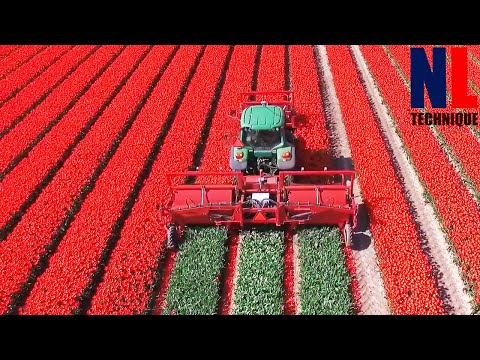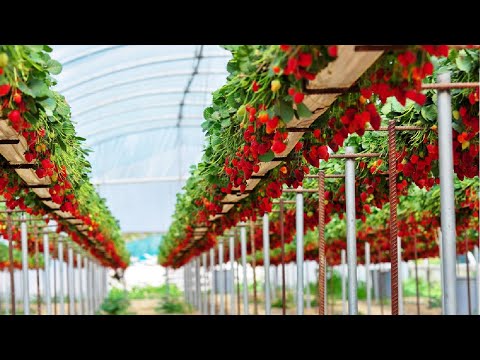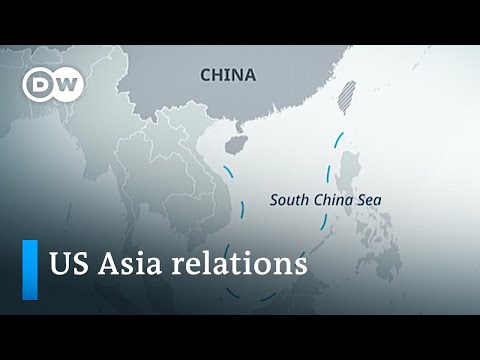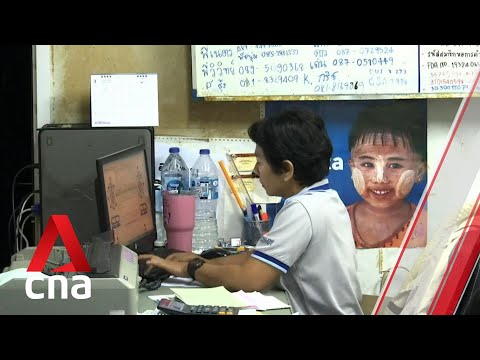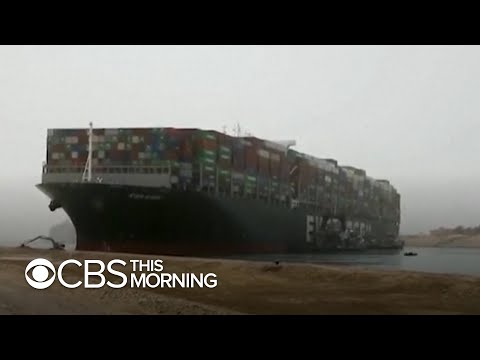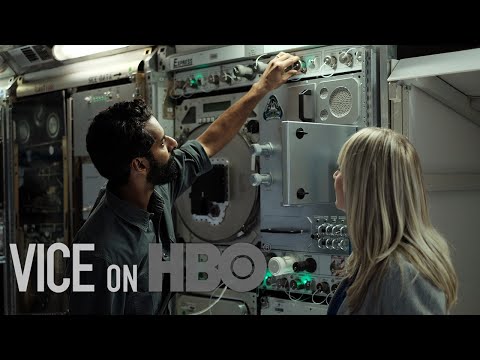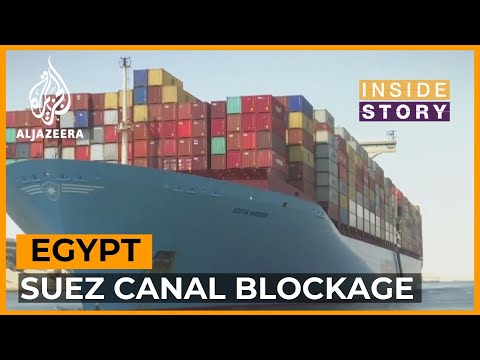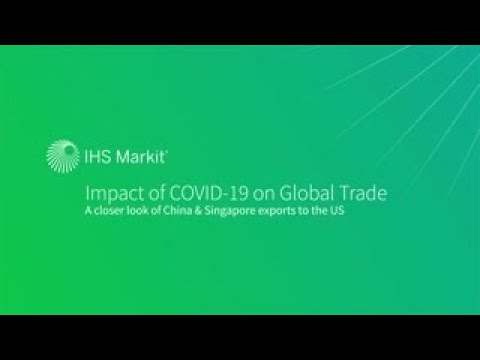Recycling plastics – Resource efficiency with an optimized sorting method
In Germany alone, two and a half million tons of plastic packaging land in the yellow trash can. German households pre-sort their garbage into four separate trash cans; yellow for plastics, brown for compost; blue for paper and black for non-recyclables. Since the various plastics are very difficult to separate from one another, most of the material is utilized for energy.
The film from VDI Resource Efficiency Center, Recycling plastics – Resource efficiency with an optimized sorting method depicts an improved sorting and processing method for valuable plastics, bringing the plastics life cycle full circle.
MEILO, a company in Gernsheim located in southern Hesse, sorts plastic trash from the yellow barrels in 30 repetitive sorting processes until the maximal purity of variety has been attained. Plastics are first separated according to size and then subjected to an air separator. In the following step, a near infrared scanner scans the plastics on the conveyor belt as they pass, communicating to a compressed air jet at the end of the conveyor belt which plastics are recyclable. Finally, the compressed air jet blows these material aside. Thus, varying plastics are sorted by an up to 98% purity of variety. In addition to the three major valuable plastics, HPDE, PP and PET, four other well-recyclable plastic varieties are gleaned from the river of trash.
At Systec Plastics GmbH in Eisfeld, Thuringia, the plastics sorted by MEILO GmbH are further processed to produce a premium commodity for the plastics industry. Here, plastics are shredded and cleansed. Repeated circuits beneath a near LED scanner sort the plastic flakes according to color before they are melted and once more filtered. The 99% pure granules are then filled into containers and transported.
Werner & Mertz GmbH, manufacturing laundry detergents and cleaning supplies, uses Systec Plastics GmbH granules to produce their packaging bottles. The granules are easily processed in Werner & Mertz GmbH’s standard production plants in Mainz. Their HDPE bottles and PP twist-off lids are made of 100% recycled plastics from the yellow trash can. Their PET bottles are composed of 20% recycled PET from yellow trash cans and 80% recycled plastic from deposit bottles.
The plastic life cycle comes full circle, the raw materials are recovered.
--------------------
Note:
Unfortunately, a mistake crept into the final overview table of the savings (15:25 min.). We apologize for this. The correct value: 4,168,000 kg CO2 equivalents per year are saved when using PET bottles made of 100% recycled material compared to conventional PET bottles (false: 12,320,490,000 kg).
More Videos
Southeast Asia is home to a wide range of ethnolinguistic groups that...
A third of the global economy comes under the new Regional Comprehensive...
Over the past decade, prices for solar panels and wind farms have...
Four young virtuosos perform fresh arrangements of Japanese folk songs; music by ...
How do we tap the full value of data, ensuring equitable access...
3D-printing innovations in recent years have brought a sea change in the...
Global shipping is in chaos because of a mishap on a major...
The ongoing coronavirus outbreak continues to impact economies and industries worldwide. Here...
